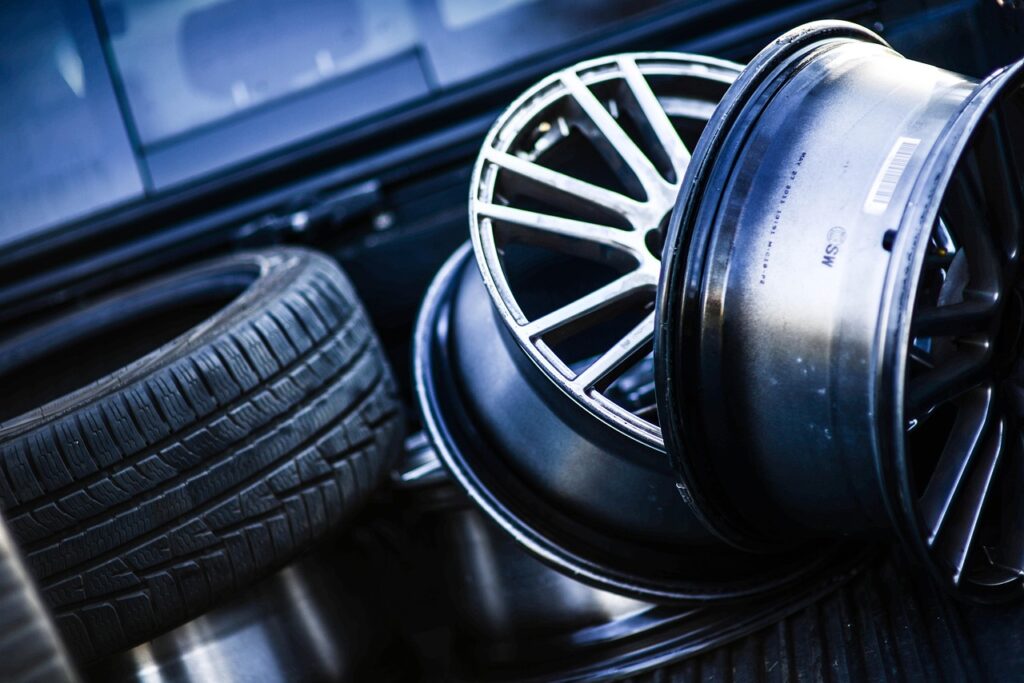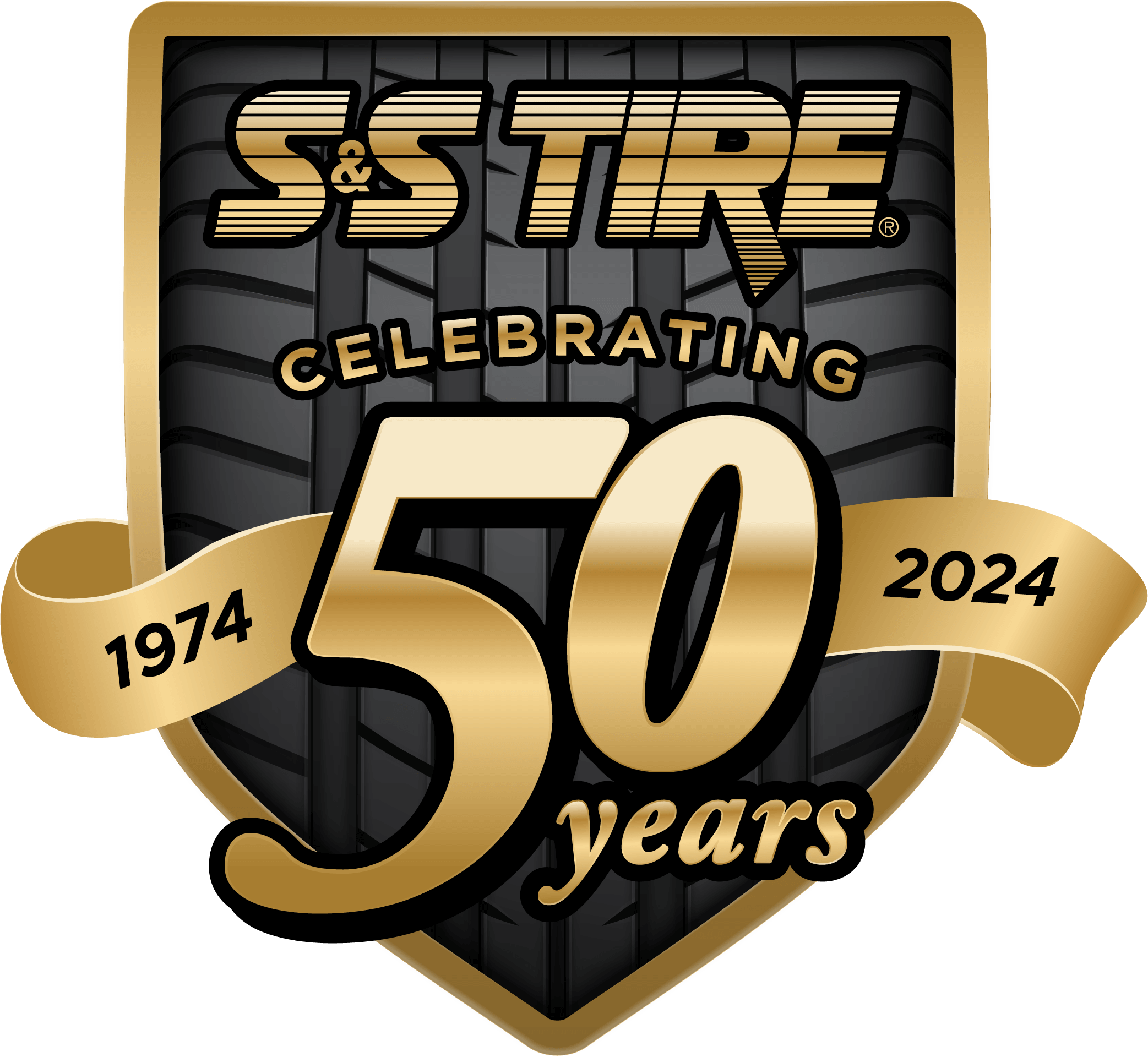
When it comes to taking care of your tires, there’s a lot of advice out there, and not all of it is accurate. Unfortunately, believing some of the common myths about tire maintenance can cost you money, shorten the life of your tires, or even put your safety at risk. Let’s take a look at a few of the most popular tire myths and uncover the truth behind them.
Myth 1: You Only Need to Check Tire Pressure Once in a While
The Truth: Tire pressure should be checked at least once a month. Temperature changes, tiny leaks, or even just time can cause tires to lose air. Driving on underinflated tires increases wear, reduces fuel efficiency, and can lead to dangerous blowouts. A simple tire pressure gauge can save you a lot of trouble.
Myth 2: If Tires Look Fine, They Don’t Need Attention
The Truth: Not all problems are visible. Tires can have internal damage, uneven wear, or be past their safe age limit without showing obvious signs. Regular inspections and knowing the age of your tires are just as important as a quick glance at the tread.
Myth 3: All Tires Should Be Replaced at the Same Time
The Truth: While replacing all four at once is ideal, sometimes it’s not necessary. If only two tires are worn out, replacing them in pairs is usually fine. Just remember — the new tires should typically be installed on the rear axle to maintain traction and stability.
Myth 4: Tire Rotation Isn’t Really Necessary
The Truth: Tire rotation is essential to getting the most out of your tires. Front and rear tires wear differently because of steering, braking, and weight distribution. Rotating them every 5,000 to 7,000 miles helps ensure even wear, longer tire life, and smoother rides.
Myth 5: More Tread Always Means Better Performance
The Truth: While tread depth is important for traction, the type of tread pattern matters too. Tires are designed differently for specific conditions, such as wet roads, snow, or performance driving. More tread doesn’t automatically mean better — it needs to match your driving conditions.
Final Thoughts
Taking care of your tires doesn’t have to be complicated, but it does require separating fact from fiction. By checking your tire pressure regularly, rotating tires on schedule, and knowing when it’s time for replacement, you’ll keep your car safer and your tires lasting longer.
